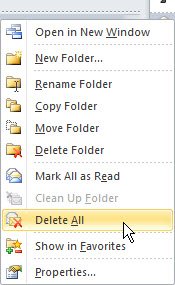 I was reading this article about UK government in-sourcing all the work they previously outsourced.
I was reading this article about UK government in-sourcing all the work they previously outsourced.
This could be a story about any one of a number of failed outsourcing or cloud migration projects I’ve read about over the years. They all follow the same pattern.
- The company is having an internal problem, that they don’t know how to solve. It could be related to costs, productivity, a paradigm shift in business practices or just an existing internal project that is failing.
- They decide launch down a path of outsourcing or cloud migration with unrealistic expectations of what they can achieve and no real ideas about what benefits they will get, other than what Gartner told them.
- When it doesn’t go to plan, they blame the outsourcing company, the cloud provider, the business analysts, Gartner, terrorists etc. Notably, the only thing that doesn’t get linked to the failure is themselves.
You might have heard this saying,
“You can’t outsource a problem!”
Just hoping to push your problems on to someone else is a guaranteed fail. If you can’t clearly articulate what you want and understand the consequences of your choices, how will you ever get a result you are happy with?
Over the years we’ve seen a number of high profile consultancies get kicked off government projects. The replacement consultancy comes in, hires all the same staff that failed last time, then continue on the failure train. I’m not going to mention names, but if you have paid any attention to UK government IT projects over the last decade you will know who and what I mean.
Every time you hear someone complaining about failing projects or problems with a specific model (cloud, on-premise, outsourcing, in-sourcing), it’s worth taking a step back and asking yourself where the problem really is. It’s much easier to blame other people than admit you’re part of the problem! These sayings spring to mind.
“Garbage in, garbage out!”
“A bad workman blames his tools!”
Cheers
Tim…
PS. I’ve never done anything wrong. It’s the rest of the world that is to blame… 🙂
Update: I wasn’t suggesting this is only an issue in public sector projects. It just so happens this rant was sparked by a story about public sector stuff. 🙂
 MobaXterm 8.6 has just been released. The downloads and changelog can be found
MobaXterm 8.6 has just been released. The downloads and changelog can be found 

 I guess there are lots of problems with the User eXperience (UX) of Microsoft Outlook, but the one that kills me is the popup menu in the folders pane.
I guess there are lots of problems with the User eXperience (UX) of Microsoft Outlook, but the one that kills me is the popup menu in the folders pane. During a conversation with
During a conversation with